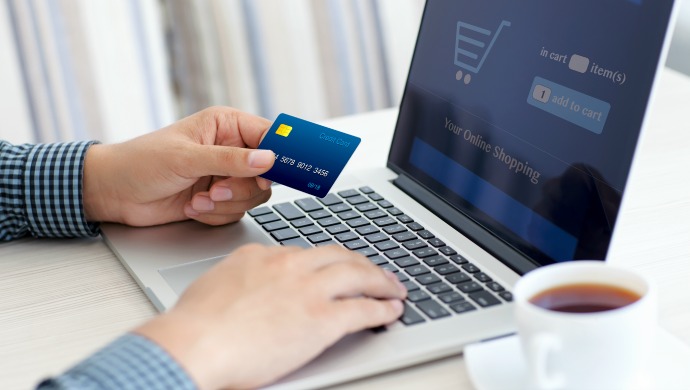
Banks Gear Up To Piggyback On The e-Commerce Wave
E27.CO: With e-shopping on the rise, there is a paradigm shift in the traditional payments scene, giving a huge setback to banks’ fee income
We’ve all been privy to the fact that e-commerce growth has broken all boundaries across the globe. The success stories have been equally plausible in India, with the market being pegged at US$22 billion by the end of this year. As a direct consequence, the online payment services market too has witnessed a huge growth.
Growing at a compounded annual growth rate (CAGR) of 60 per cent between 2007 and 2014, as per a report published by eTailing India, the e-commerce sector is giving way to a big revolution in the payments space. With online shopping on the rise, there has been a paradigm shift in the traditional payments scenario, giving a huge setback to the fee income of banks, which was earlier a major contributor to their revenue.
Online shopping with your bank
The country’s second largest lender, HDFC Bank, received a big blow when it witnessed a decline of 30 per cent in its fee income (which includes charges for online payments). However, it has made a smart move to overcome this situation, and has recently launched a shopping mart on its site in partnerships with e-tailers such as Snapdeal, Flipkart and Amazon: selling grocery, clothes, shoes and other lifestyle products. Clearly, the bank is trying hard to hold on its customers and piggybacking on e-commerce.
As many as 41 applications for payment banks are already pending with India’s central bank, RBI, including that of telecom majors such as Vodafone, Airtel, etc. In addition, there are payment companies such as PayPal (a worldwide payment system), Paytm (backed by Chinese mobile payment giant Alibaba and Ratan Tata) and Freecharge (acquired by the deep pocketed e-tailer Snapdeal). These payment companies are offering a mobile wallet, i.e., a prepaid payment instrument to the customers that allows them to digitally store money in a secure virtual wallet, and use it to pay utility bills and avail other services. It doesn’t stop here. Innovations like Google Wallet or Apple’s iPay from global tech majors too can knock on the doors anytime.
Read also:
TechInAsia: Mobile commerce and mobile payments have passed another important threshold: in many countries, more people are using their phones – than credit cards – to buy things.
In a recent BuzzCity survey of some 3300 mobile consumers, we found that the number of people making mobile payments has tied or surpassed the number of people using credit cards in 17 out of 23 countries.
This trend is most evident in places like Bangladesh and South Africa, where other forms of electronic payment – credit cards, debit cards, pre-paid cards – are common, but not ubiquitous. In Bangladesh, 28% of mobile consumers told us that they use credit cards; in South Africa, it’s 15%. In both cases, more than twice as many consumers now use their phones to make daily purchases (55% and 36% respectively).
From a regional perspective, m-payment adoption appears strongest in Asia. In Bangladesh and Pakistan, more than half of all mobile consumers use their phones to make purchases. We’re seeing strong adoption rates in India, Philippines, Sri Lanka and Thailand as well. In Europe, mobile payments are most popular in the UK; in Latin America, Guatemala leads the way.






